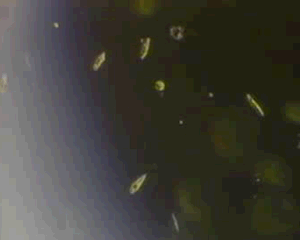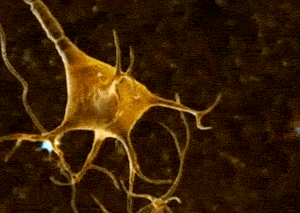| Cells |
A cell is the lowest level in biological structure where we see life. All organisms are composed of cells and some are made of just one cell, as in the case of bacteria and protists. A single celled organism performs all the activities of life and can evolve. An example is the euglena shown on the right. Such single celled organisms contain the necessary organelles to sustain life.
Another common single celled organism that is found in pond water is the paramecium. It has some similar organelles as other single celled organisms but also contains some specialised organelles that enable it to look for food and generally survive in its environment. |
|
| In contrast to the euglena, cells of a multicellular organism have very specialised functions. For example nerve cells serve as communication pathways for the control of other cells. Nerve cells have a special structure that clearly correlates with its function. The structure of this cell shows strong branching which allows for wider communication between many cells. |
|
| Muscle cells also have a specific function that correlates to their structure. Its function is to contract and move body parts. |
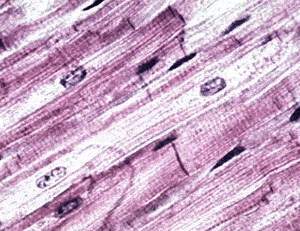
|
| Red blood cells have the task of transporting oxygen throughout the body. A red blood cell has a characteristic biconcave surface which maximises surface area for the exchange of oxygen. White blood cells destroy foreign invaders and are able to move in and out of blood vessels in pursuit of bacteria or other foreign substances. |
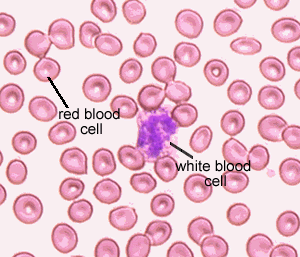
|
| Guard cells, pictured on the right, open and close tiny pores, called stomata, on the surface of a leaf. Through these tiny holes moves carbon dioxide, oxygen and water. |
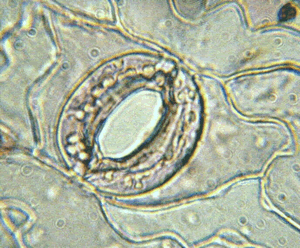 |
|
